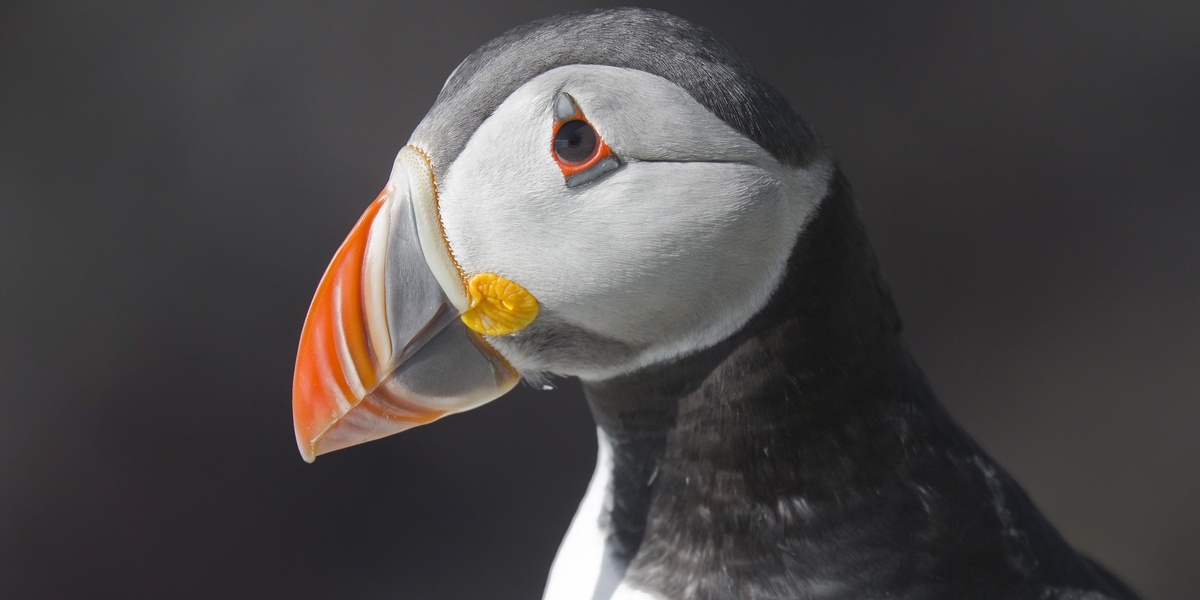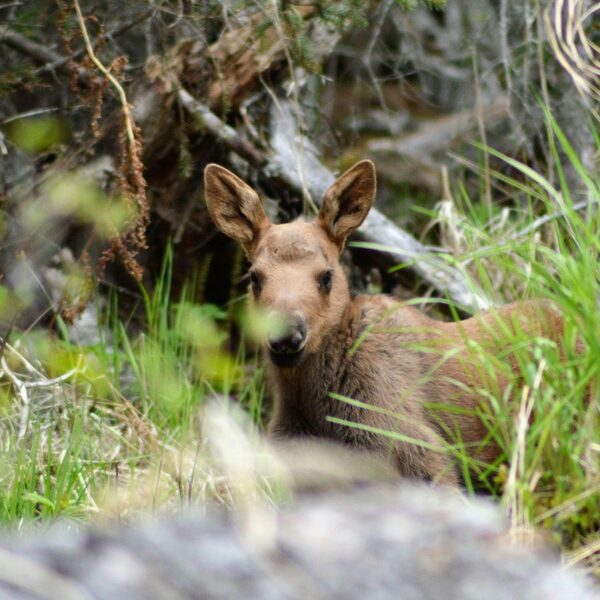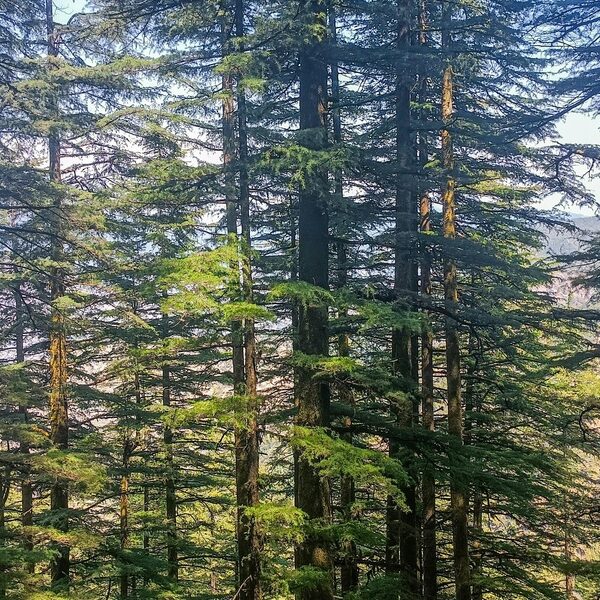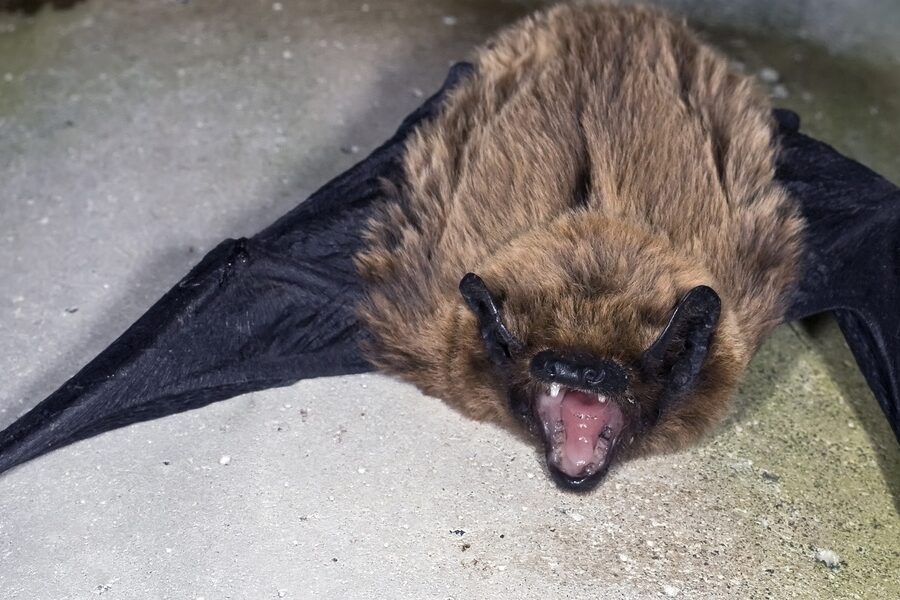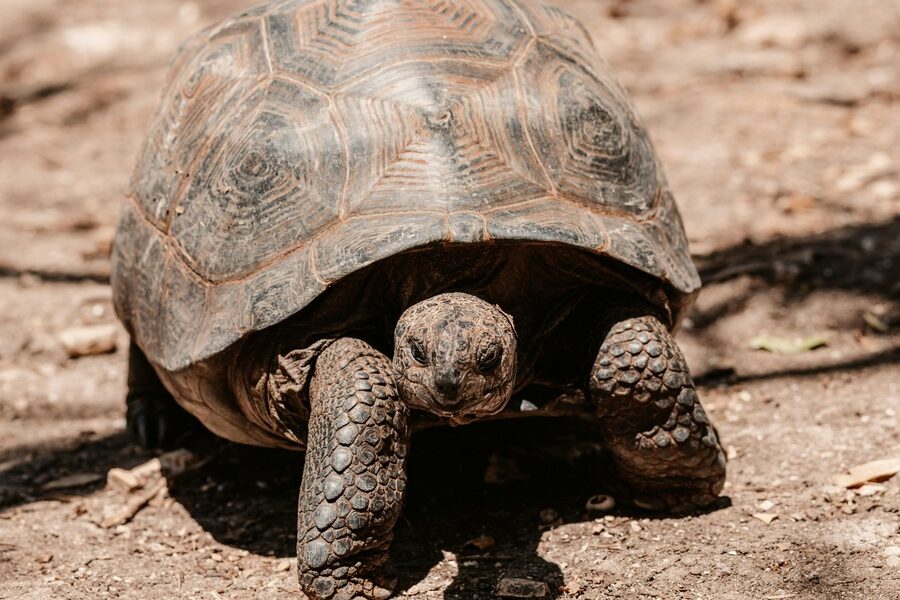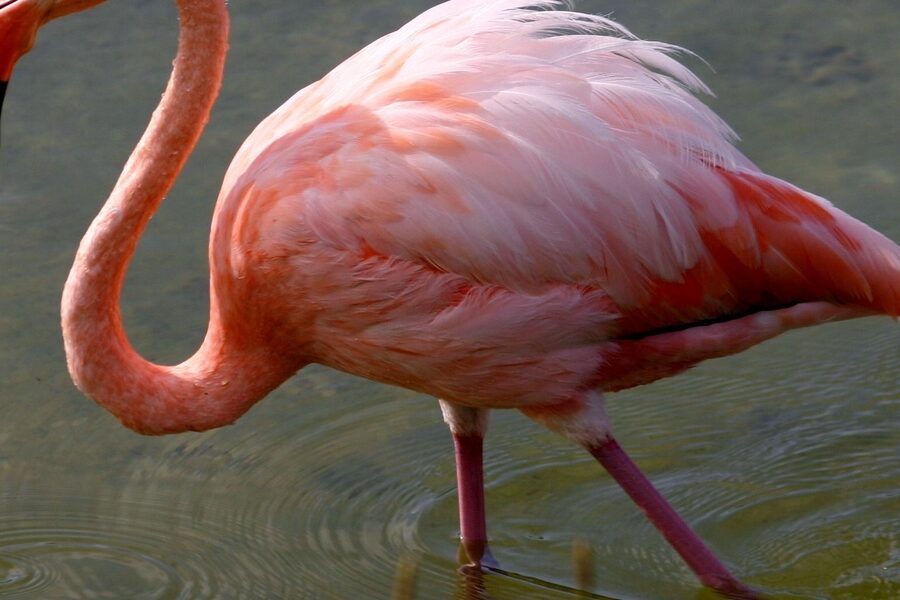In the late 19th century naturalists described Rathlin Island as a seabird hotspot; today it still hosts some of Northern Ireland’s most distinctive wildlife. That historical note matters because biodiversity underpins tourism, local traditions and essential ecosystem services such as pollination, water purification and coastal protection. The Wildlife (Northern Ireland) Order 1985 provides a legal backbone for many protections, and local groups have translated those rules into on-the-ground action.
This article profiles eight standout species in three thematic groups: native mammals, seabirds and raptors, and coastal/marine plus invertebrate indicators. Each profile gives a short natural-history snapshot, current conservation status and clear examples of where to see or help the species—practical information you can use on a visit or when volunteering.
Native mammals: trees, rivers and recovering predators

Mammals play outsized roles in forests and rivers by dispersing seeds, shaping prey populations and anchoring cultural wildlife experiences. Recent recovery stories—driven by habitat work and legal protection—sit alongside continuing threats such as habitat fragmentation and invasive species. Volunteer habitat projects run by Ulster Wildlife and reserve-based visitor experiences make it easy to see and support these animals.
1. Red squirrel (Sciurus vulgaris) — native, vulnerable and iconic
The red squirrel is a native tree-dweller now patchily distributed across woodlands in Northern Ireland, surviving in well-managed pockets rather than across the whole landscape. Disease and competition from introduced grey squirrels remain the primary pressures.
Conservation programmes—many led locally by Ulster Wildlife and supported by the National Trust—use monitoring, local control of greys and habitat restoration. A recent Ulster Wildlife survey (2019) highlighted local declines in some areas and stable populations in protected woodland pockets (credit: Ulster Wildlife).
Red squirrels are useful indicators of healthy native woodland and draw wildlife tourists to reserves such as Castlewellan Forest Park and several County Down woodlands. Practical actions: plant native broadleaves, join community tree-planting events, and support local red squirrel monitoring schemes.
2. Pine marten (Martes martes) — a quiet comeback with ecosystem effects
Pine martens have been expanding across parts of Ireland after historic declines, with notable increases since the 1990s. Their return is one of the more encouraging mammal recovery stories on the island.
Ecologically they act as mesopredators, influencing small mammal communities and, interestingly, helping suppress invasive grey squirrel numbers (see Sheehy et al. 2014 for evidence from Ireland). That interaction can indirectly benefit native species such as red squirrels.
Sightings have become more frequent in upland and mixed-woodland areas of counties with active habitat restoration. Report pine marten records via local recording schemes and smartphone apps, and support woodland connectivity projects that aid their movement.
3. European otter (Lutra lutra) — riverine-return and clean water indicator
Otters, once at a low point in the 1970s–1980s, are now more widespread thanks to cleaner waterways and legal protection under the Wildlife (Northern Ireland) Order 1985. Recent monitoring by NIEA and national surveys in the 2010s record steady recovery in many river catchments.
As apex freshwater predators, otters help balance fish populations and serve as a practical indicator of water quality. They are most often seen at estuaries and slow-flowing rivers, and local angling groups and conservation charities run tracking and monitoring programmes.
Where to look: tidal creeks, riverbanks and estuaries at dusk or dawn. Simple ways to help include responsible angling practices, reporting live sightings, and notifying authorities of road-killed animals so carcasses can be recorded for monitoring.
Seabirds and raptors: cliffs, islands and uplands

Northern Ireland’s offshore islands and coastal cliffs host concentrated colonies of seabirds and hold key nesting sites for upland raptors. Bird populations are often highly localised, so careful visitor behaviour and fisheries management are essential to long-term success. Monitoring by organisations such as the RSPB underpins much of the conservation guidance for visitors and tour operators.
4. Atlantic puffin (Fratercula arctica) — Rathlin’s charismatic cliff-nesters
Rathlin Island and several coastal cliffs are the best-known puffin breeding sites in the region, where these colourful auk species nest in burrows and rocky crevices. Puffins are a major draw for wildlife tourism and local boat trips.
Counts from RSPB and local monitoring describe colonies numbering in the low thousands across Northern Ireland’s colonies in recent surveys, though numbers can fluctuate with fish availability. Key threats include changing fish stocks—especially sandeels—bycatch and disturbance at nesting sites.
Conservation actions include protected areas, seasonal visitor codes and community-led monitoring on Rathlin (visitor centres often explain the rules). If you go on a puffin-watching trip, stay on guided boats, keep a respectful distance and avoid cliff approaches during the breeding season.
5. Peregrine falcon — cliff and urban raptor making a comeback
Peregrines nest on sea cliffs and increasingly on tall urban structures across Northern Ireland. Typical clutches are around three to four eggs, and their populations have recovered substantially since the pesticide-related declines of the mid-20th century.
As top aerial predators, peregrines regulate populations of medium-sized birds and are closely monitored by volunteer schemes and birding groups. Sightings are reported via local forums and organised nest-monitoring projects.
Good viewing locations include coastal cliffs and city centres with high buildings; always follow local guidance, avoid approaching nests during the breeding season, and report any suspected nest disturbance to authorities or conservation organisations.
6. Hen harrier (Circus cyaneus) — upland specialist with conservation concern
The hen harrier is an upland specialist and one of Northern Ireland’s most closely watched birds, with low breeding densities and significant conservation attention focused on sustaining viable territories. Recent monitoring by conservation bodies documents only modest numbers of breeding pairs in the region.
Threats include habitat loss and illegal persecution in some landscapes; conservation measures range from agri-environment agreements to predator-friendly moorland management and protected areas. Support from landowners implementing hen-harrier–friendly practices is crucial for breeding success.
To see hen harriers responsibly, use guided upland tours or observe from approved viewpoints, and support organisations that work with farmers to maintain open moorland habitat and reduce conflict.
Coastal, marine and invertebrate indicators
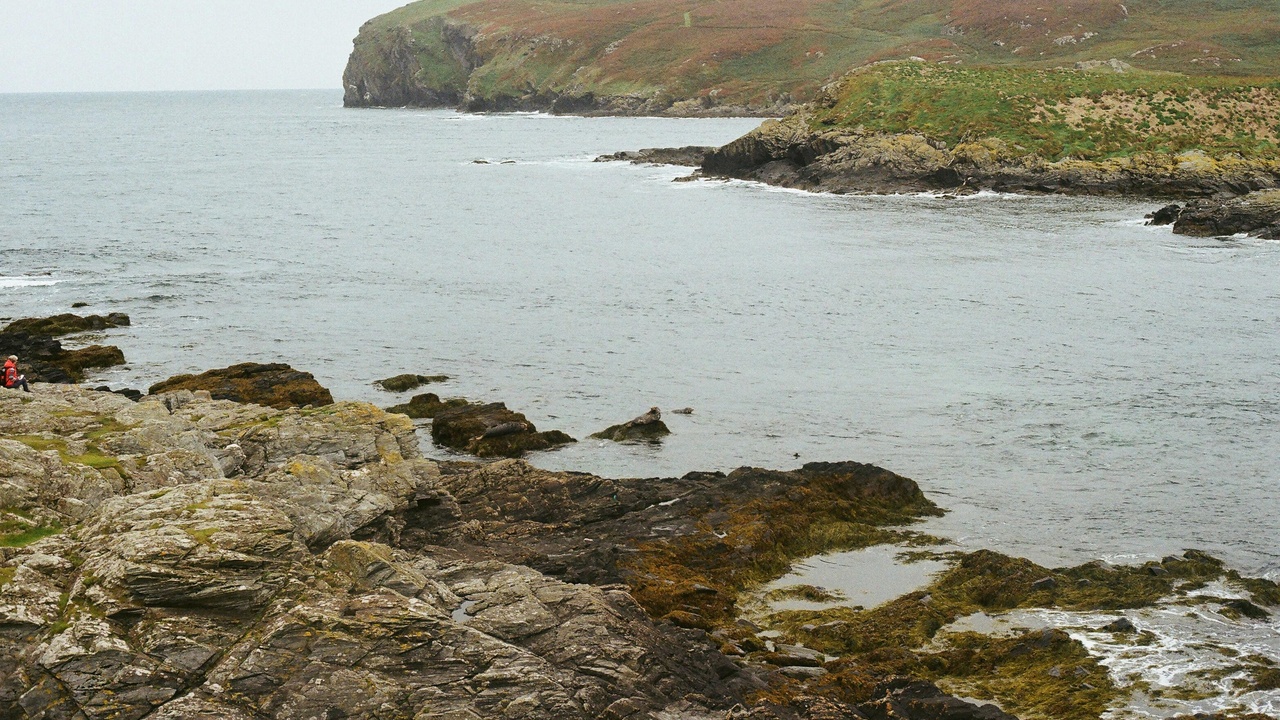
Marine mammals and specialist invertebrates act as early-warning indicators of coastal and marine health. Changes in fisheries, pollution and habitat structure—like kelp declines—often show up first in seabird diets, seal condition and butterfly transect counts. Community science such as seal counts and butterfly monitoring plays a major role in tracking trends.
7. Grey seal (Halichoerus grypus) — coastal presence with tourism value
Grey seals haul out on rocky coasts and sandy beaches and are regular residents around Rathlin and parts of County Down. National and regional counts report thousands of individuals around the UK and Ireland, and local haul-out numbers form part of ongoing monitoring programmes.
Seals contribute to local wildlife tourism—boat trips and shore-based watching—and they also highlight links between fisheries and marine food webs. Responsible viewing guidelines and Marine Protected Areas help reduce disturbance and protect key haul-out sites.
Popular viewing is best done with licensed operators or from approved shorelines; keep dogs on leads near haul-outs, maintain distance, and follow operator briefings so tours benefit local businesses without stressing animals.
8. Marsh fritillary butterfly (Euphydryas aurinia) — a grassland specialist and conservation bellwether
The marsh fritillary is a habitat specialist whose presence signals traditionally managed, flower-rich grasslands. It is legally protected under the EU Habitats Directive and listed on Northern Ireland conservation schedules, and Butterfly Conservation runs targeted monitoring to track trends.
As a pollinator and indicator of small-scale farming practices, the marsh fritillary benefits from rotational grazing, scrub control and retention of host plants. Monitoring years reported by Butterfly Conservation show localised populations that respond quickly to positive habitat management.
Where to help: join transect walks with Butterfly Conservation, support agri-environment work on reserves, and encourage farm-level actions such as tailored grazing regimes and scrub management to conserve this species.
Summary
- Local recovery stories—including pine marten increases and expanding otter ranges—show that habitat work and legal protections yield results.
- Island and cliff colonies (notably Rathlin) support charismatic seabirds whose fortunes are tied to fish stocks and responsible tourism.
- Coastal seals and specialist invertebrates such as the marsh fritillary act as early-warning indicators; supporting monitoring helps spot problems early.
- Practical actions: volunteer with Ulster Wildlife, RSPB Northern Ireland or Butterfly Conservation, join citizen science surveys and follow responsible viewing codes.
- Keeping coastal and inland habitats healthy supports the unique wildlife of northern ireland and sustains the nature-based tourism and cultural connections so many communities value.
